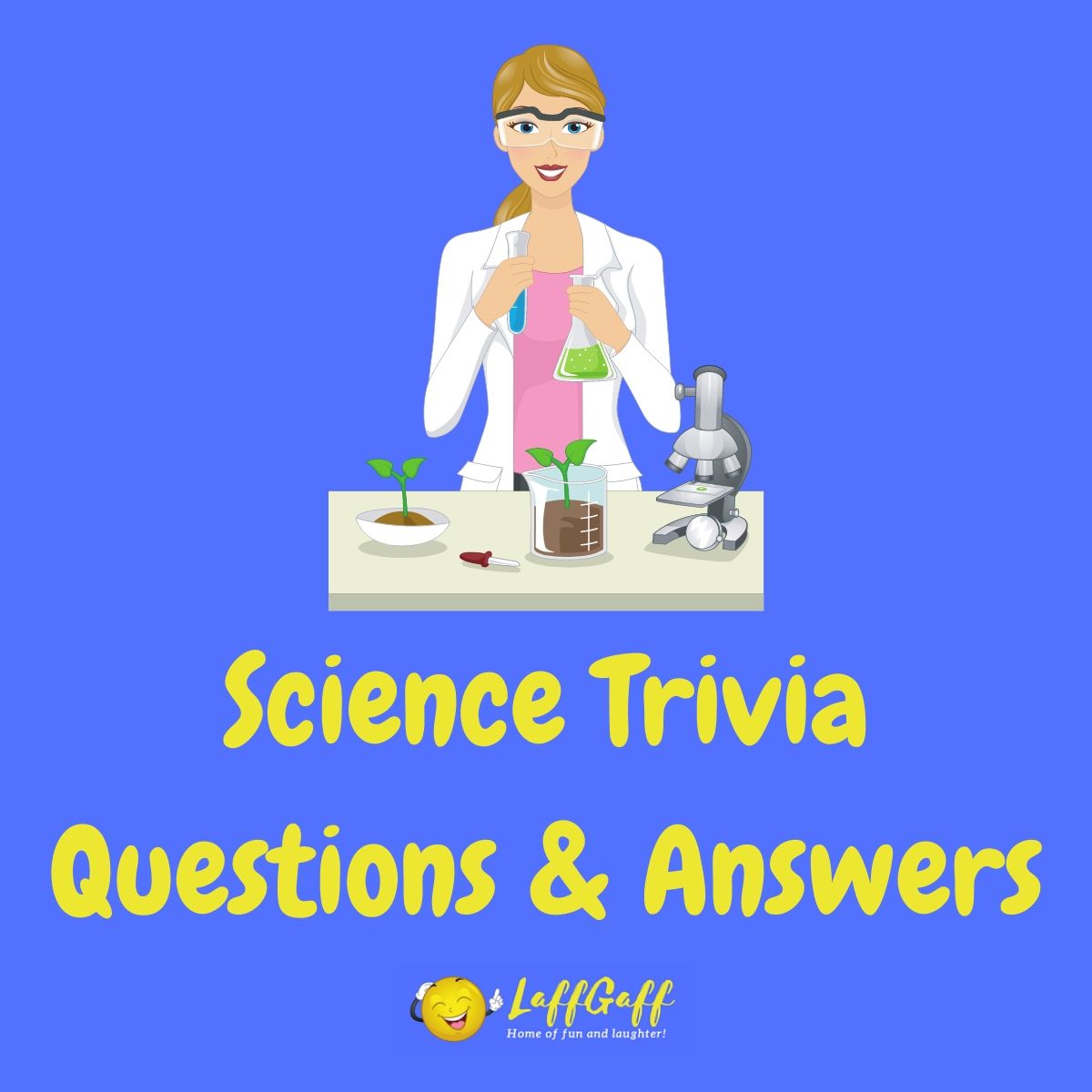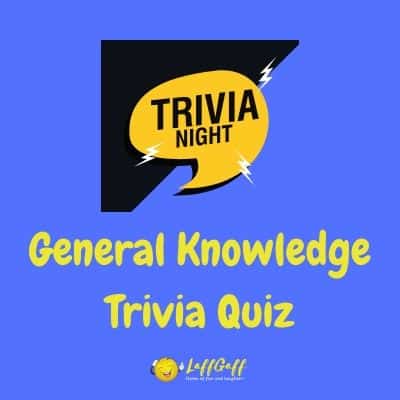Question: How many elements are there in the periodic table?
Show answer
There are 118 elements in the periodic table.
The periodic table of elements is a tabular representation of chemical elements, organized based on their atomic number (number of protons in the nucleus), electron configurations, and recurring chemical properties. Elements are presented in order of increasing atomic number, which corresponds to the number of protons in an atom’s nucleus. The table has rows called “periods” and columns called “groups” or “families.”
The periodic table contains 118 confirmed elements, ranging from hydrogen, which has an atomic number of 1, to oganesson, with an atomic number of 118. These elements are divided into metals, non-metals, and metalloids based on their properties. While most of the elements are naturally occurring, some are not and have only been produced in laboratories, often existing for just fractions of a second before decaying into other elements.
The discovery and confirmation of new elements is an ongoing process. When new elements are produced or discovered, they are given a temporary name and three-letter symbol. Once the discovery is confirmed by the International Union of Pure and Applied Chemistry (IUPAC), the element is given a permanent name and symbol. The most recently added elements, including nihonium (Nh, 113), moscovium (Mc, 115), tennessine (Ts, 117), and oganesson (Og, 118), were officially named and added to the periodic table in 2016.
It’s worth noting that the number of elements on the periodic table can increase as new elements are synthesized or discovered. Researchers continue to work on producing elements beyond the current 118, pushing the boundaries of our understanding of atomic structures and the nature of matter itself.



